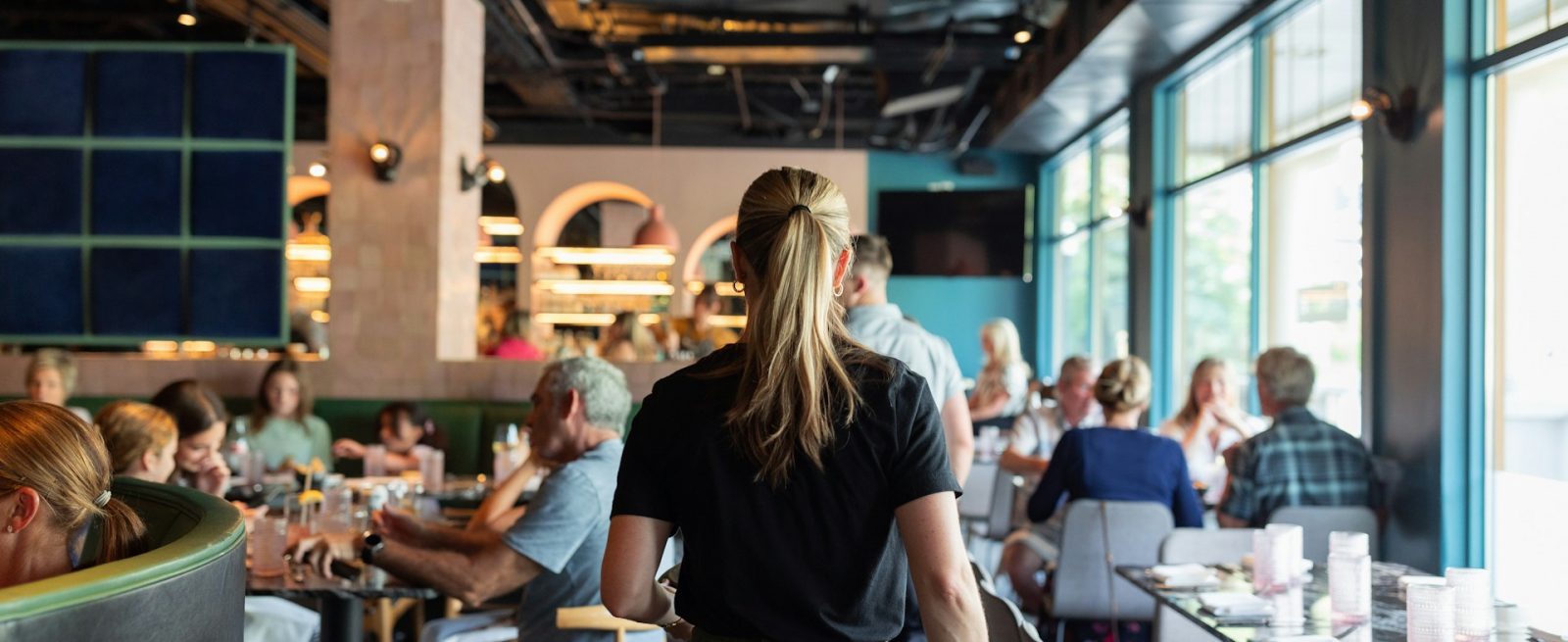Think Bigger than ‘No Tax on Tips’ to Address Restaurant Staffing Challenges
4 Min Read By Oliver "Oli" Ostertag
It’s well-known that restaurants have a staffing problem. We’ve all seen servers come and go at our favorite establishments. PAR’s 2025 Industry Report found that restaurant turnover is a whopping 122 percent, with most workers staying in jobs three-to-five months before moving on to their next roles. Nearly eight in ten restaurant owners experienced staffing shortages.
When the White House announced the passage of its “No Tax on Tips” legislation, the National Restaurant Association and many others hailed it as a positive move for the restaurant industry. However, it’s not a magic solution to the enduring staffing challenges. Danielle Nierenberg, president of the nonprofit Food Tank, said the policy “doesn’t actually fix any of the systemic issues” behind restaurant labor instability.
Pay matters, but it’s far from the only reason people leave restaurant jobs. While the restaurant industry can celebrate the legislative change, it must supplement this new income with other strategies to keep people sticking around. Operators have access to several potential fixes, many already included in their existing tech stack.
Why a Tax Break Isn’t Enough
The “No Tax on Tips” policy has a few caveats. For one, it excludes service charges, which are becoming common. Many restaurants have started using this model to replace tips, meaning a growing segment of workers won’t benefit from the tax change.
The legislation also doesn’t cover non-tipped, back-of-house roles like line cooks and dishwashers. They are generally paid a set hourly wage, so they won’t see a difference.
Some experts worry the tax-free period could discourage employers from increasing base wages. When the policy expires in 2028, employees may not have higher base incomes to offset the tax they'll once again be paying on their tips.
Beyond these points, a tax break won’t fix the day-to-day unpredictability of restaurant work. The shifts usually don’t align with traditional business hours, schedules are highly variable and subject to short-notice changes, training is rushed, and recognition is inconsistent. Many employees are also juggling multiple jobs, school, family, and other commitments. This level of stress isn’t something most people can manage for long.
Restaurants need to think bigger than tax breaks by looking at what changes they can make internally.
Approaching the Employee Experience Differently
For many restaurants, the answer is already sitting inside their tech stack if they can connect and optimize their tools.
Take scheduling. Modern labor management platforms do more than fill out schedules. When fully integrated with other parts of the tech stack, like the HR and POS systems, these tools can evaluate employee performance to figure out who works best where and when someone might be overworked. Pair this information with sales patterns, and managers can finally build schedules that make sense for both the business and the staff.
The same is true for payroll and onboarding. Linking those systems reduces first-day headaches, ensures paychecks are accurate and gives new employees confidence they’ve landed in a well-run operation.
Some brands are already proving how powerful these small changes can be.
Consider the case of MAD Greens, a fast-casual salad chain. It adopted a customizable tipping feature connected to its POS system. The brand was able to implement a company-wide tipping strategy, which contributed to an average increase of $4 an hour in wages. Staff also gained pay transparency. As a result, the employee retention rate improved by 34 percent.
Hawaiian Bros, a fast-growing island-inspired concept, unified its hiring, onboarding, and time management systems. The result was a consistent, streamlined hiring experience that didn’t compromise the brand’s distinct culture. With scheduling and attendance tied into the same system, employees gained confidence in accurate hours and pay while managers maintained regulatory compliance.
Both of these companies made their employee experience more consistent, transparent, and supportive.
Technology can also take some of the chaos out of a shift. Picture a Saturday night rush: A server is scribbling down an order while juggling multiple tables, one of whom is waving for the check. Meanwhile, the kitchen is buried under a stack of mismatched tickets from multiple online ordering platforms.
An integrated POS system allows servers to digitally enter orders and process payments without running back and forth. All dine-in, online, and delivery tickets flow into one system, so staff aren’t stuck reentering information or sorting through multiple screens. The result: less stress and more time focused on serving guests.
Tools alone won’t make people stay — culture plays an equally important role. Chick-fil-A and In-N-Out Burger have reputations for positive work environments that result in long-term employee retention. In addition to competitive pay and benefits, they cater to their employees as people. These brands train team members thoroughly so they feel prepared and offer chances to grow. They also make recognition and well-being part of the everyday environment.
Better Experience Requires a Big Picture Approach
The restaurant industry can’t rely on federal policy to fix its staffing challenges. Operators have tools at their disposal to improve employee experience. We’ve seen several examples of how incremental improvements — like smarter scheduling and pay transparency — make a noticeable difference. Restaurants can make these roles feel more predictable, organized and rewarding.

